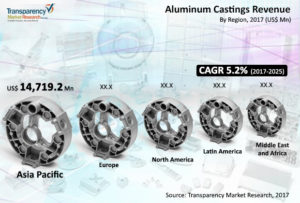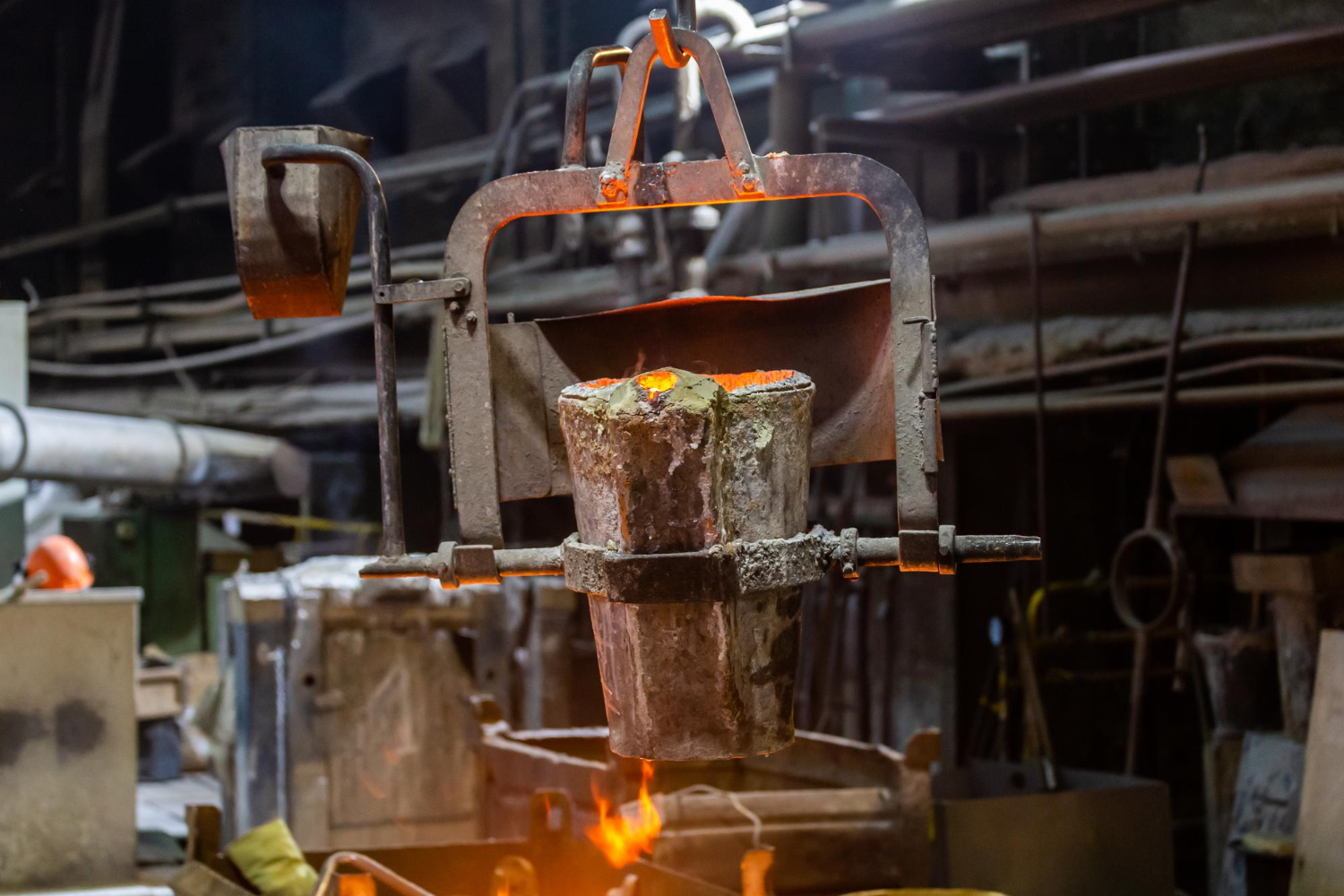What Does Aluminum Castings Company Do?
Aluminum Castings Company Things To Know Before You Get This
Table of ContentsAn Unbiased View of Aluminum Castings CompanyGetting My Aluminum Castings Company To WorkWhat Does Aluminum Castings Company Mean?Getting The Aluminum Castings Company To WorkSome Ideas on Aluminum Castings Company You Need To KnowAluminum Castings Company for BeginnersAluminum Castings Company for BeginnersTop Guidelines Of Aluminum Castings Company
There are two main sorts of die spreading utilized in the aluminum spreading sector: warm chamber pass away casting and cold chamber die casting. The primary distinction between these techniques is just how the molten steel is delivered to the mold. In hot chamber pass away spreading, typically utilized for reduced melting point steels, the fusion is directly connected to the maker, and a bettor compels the product with a gooseneck into the die tooth cavity.
Aluminum Castings Company - Questions
In these techniques, the mold and mildew is deliberately damaged or escaped in order to extract the ended up light weight aluminum casting. Typical procedures under the category of expendable mold spreading include (investment casting),,, and investment casting. When producing custom light weight aluminum parts using expendable mold and mildews, suppliers pour molten light weight aluminum or aluminum alloys into the mold and mildew, which is after that damaged apart to release the solidified metal component.
The is among the oldest and most utilized types of aluminum casting. It entails compacting specialty shop sand, commonly reinforced with clay or resin, around a specifically crafted reusable pattern that determines the shape and interior details of the completed light weight aluminum product. The pattern system integrates risers and vents to take care of the circulation of liquified metal and to avoid casting flaws such as contraction porosity.
Some Known Incorrect Statements About Aluminum Castings Company

This mold and mildew is then preheated previous to the pouring of molten light weight aluminum or aluminum alloy. As the metal fills up the covering, it captures the complex details and fine surface finish of the mold. When cooled, the ceramic is mechanically or chemically escaped, permitting the elimination and splitting up of individual actors components.
An Unbiased View of Aluminum Castings Company
Irreversible mold and mildew casting uses multiple-use steel molds and is optimal for automation with regular quality and less waste. Expendable mold spreading utilizes single-use mold and mildews, like sand or foam, using design versatility and lower tooling expenses for prototypes or brief runs. Pass away casting is best for producing high quantities of aluminum components that require limited resistances, great information, and smooth surface areas.
The Toshiba Equipment DC-J Collection consists of die casting makers appropriate for light weight aluminum. Understood for their robust building and high injection efficiency, these equipments ensure efficient and exact casting (Sand Molding).

While light weight aluminum can be used in its pure form, it is typically alloyed with various other metals to improve its residential or commercial properties or the buildings of the other metals. These alloys offer enhanced performance for various applications. Light weight aluminum alloys are classified into 8 collection, phoned number from one to eight. The first digit(s) of the number suggest the main alloying component integrated with light weight aluminum.
6 Simple Techniques For Aluminum Castings Company
This alloying enhances the strength and firmness of aluminum but decreases its ductility and deterioration resistance. The 3000 collection alloys are primarily alloyed with manganese.
Furthermore, it features high ductility and a really smooth completed surface. The 4000 collection alloys are alloyed with silicon, which reduces the melting point and improves fluidness. This makes it a prominent option for spreading, as it is easy to form in its liquified state. The 4000 collection is also typically utilized as a filler for welding and brazing applications.
Aluminum Castings Company Things To Know Before You Get This
This collection is identified as a high-strength alloy, specifically suited for sheet and plate applications due to its superb weldability. Its resistance to corrosion from acids and alkalis makes it excellent for use in rough and hostile settings (Sand Foundry). The 6000 collection alloys are alloyed with both magnesium and silicon, giving an equilibrium of toughness, mechanical residential properties, and rust resistance
Handling the 6000 series needs specialized and sophisticated equipment, which can be complicated and pricey. However, this collection is understood for its excellent rust and oxidation resistance, as well as its convenience of layer, treatment, and workability. The 7000 collection light weight aluminum alloys are the toughest and most long lasting amongst light weight aluminum types, with click here toughness equivalent to around two-thirds of industrial-grade A3 steel.
The smart Trick of Aluminum Castings Company That Nobody is Talking About
Zinc is the primary alloying element in the 7000 collection, enhancing the firmness of the aluminum, although zinc's hardness is similar to that of aluminum on the Mohs scale. The 8000 series light weight aluminum alloys are primarily alloyed with tin, along with small quantities of copper and nickel (Metal Foundry). While these alloys offer reduced toughness contrasted to other collection, they master machinability and wear resistance
Aluminum cast heatsinks are electrically conductive, permitting them to be based effectively. They are often cast with integrated functions that lessen the demand for additional operations, such as added machining or assembly, bring about additional expense financial savings. Light weight aluminum spreading is frequently used to manufacture brackets for both heavy-duty commercial equipment and house devices.
Examine This Report about Aluminum Castings Company
The single-piece building of aluminum brackets improves their toughness and longevity, reducing the probability of failure. If openings are required, they can be included directly in the casting mold, minimizing the requirement for post-production ending up (https://share.evernote.com/note/2aebfc36-8de1-e319-3c9a-69309bbb4272). Manufacturers have actually significantly embraced aluminum spreading for golf equipment as a result of its durability, stability, and adaptability in shaping